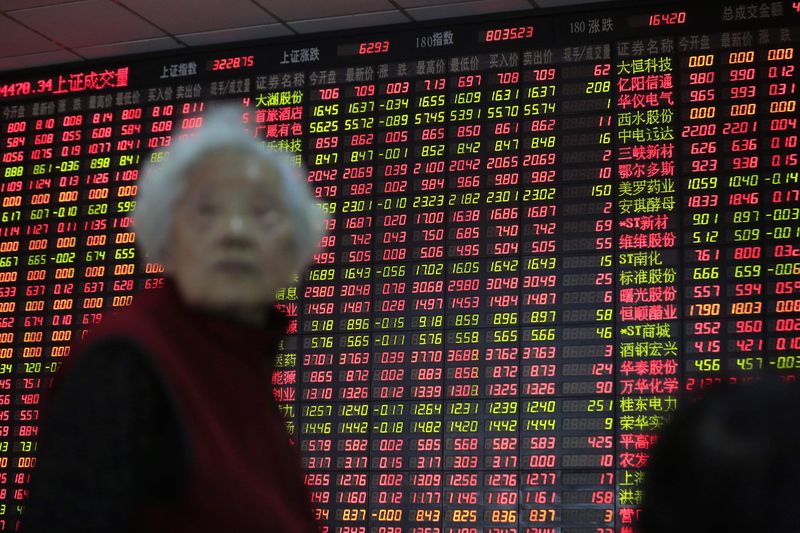
© Reuters.
By Ambar Warrick
Investing.com– Most Asian currencies plummeted on Wednesday, with the Chinese yuan among the worst performers on weak trade data, while fears of more policy tightening by the U.S. Federal Reserve also weighed.
The yuan deepened its losses, sinking 0.4% to a two-year low of around 6.9791 to the dollar. Data showed that China’s trade surplus came significantly below expectations for August, with both imports and exports missing the mark amid continued economic disruptions in the country.
The PBoC earlier this week cut its reserve requirement ratio to help support the yuan. It also fixed its daily yuan midpoint at a significantly hawkish level for Wednesday. But the moves appear to have had little effect on the currency.
China’s economy has slowed dramatically this year, as COVID-related disruptions dented both manufacturing activity and consumer spending. Caution over more COVID-related curbs in the country has kept investors wary of Chinese markets.
Other Asian currencies slumped on Tuesday, given that a bulk of countries in the continent depend on China as a trading partner.
The Japanese yen slid further past the key 140 level to the dollar. The South Korean won shed 0.7%, while the Thai baht led losses in Southeast Asia with a 0.4% drop.
Further pressuring regional currencies, the dollar index rallied to new 20-year highs after U.S. service sector data beat expectations. The reading points to more resilience in the U.S. economy, giving the Fed more space to hike interest rates sharply.
Traders are now pricing in an over 70% chance that the central bank will raise rates by 75 basis points in September.
The dollar index traded 0.4% higher on Wednesday, as did dollar index futures, with both trading at over 20-year highs.
Monetary policy tightening by the Fed, coupled with a slowing Chinese economy have weighed heavily on Asian currencies this year, with most units in the region trading negative for the year.
In the Asia-Pacific region, the Australian dollar sank 0.4% after the country’s second-quarter GDP slightly missed expectations. The currency was also pressured by the prospect of slowing Chinese demand for Australia’s key commodity exports.
Source: Investing.com



























